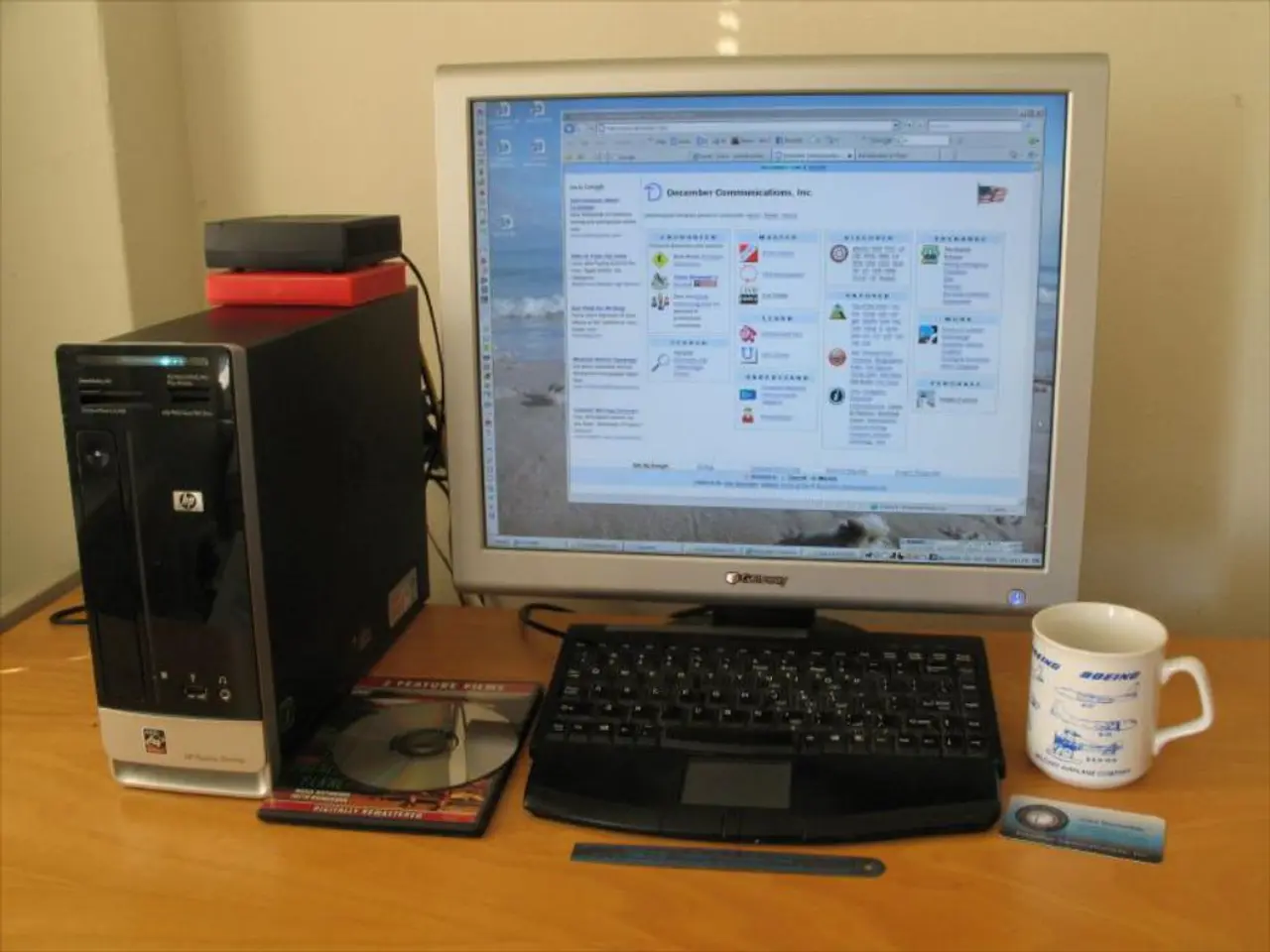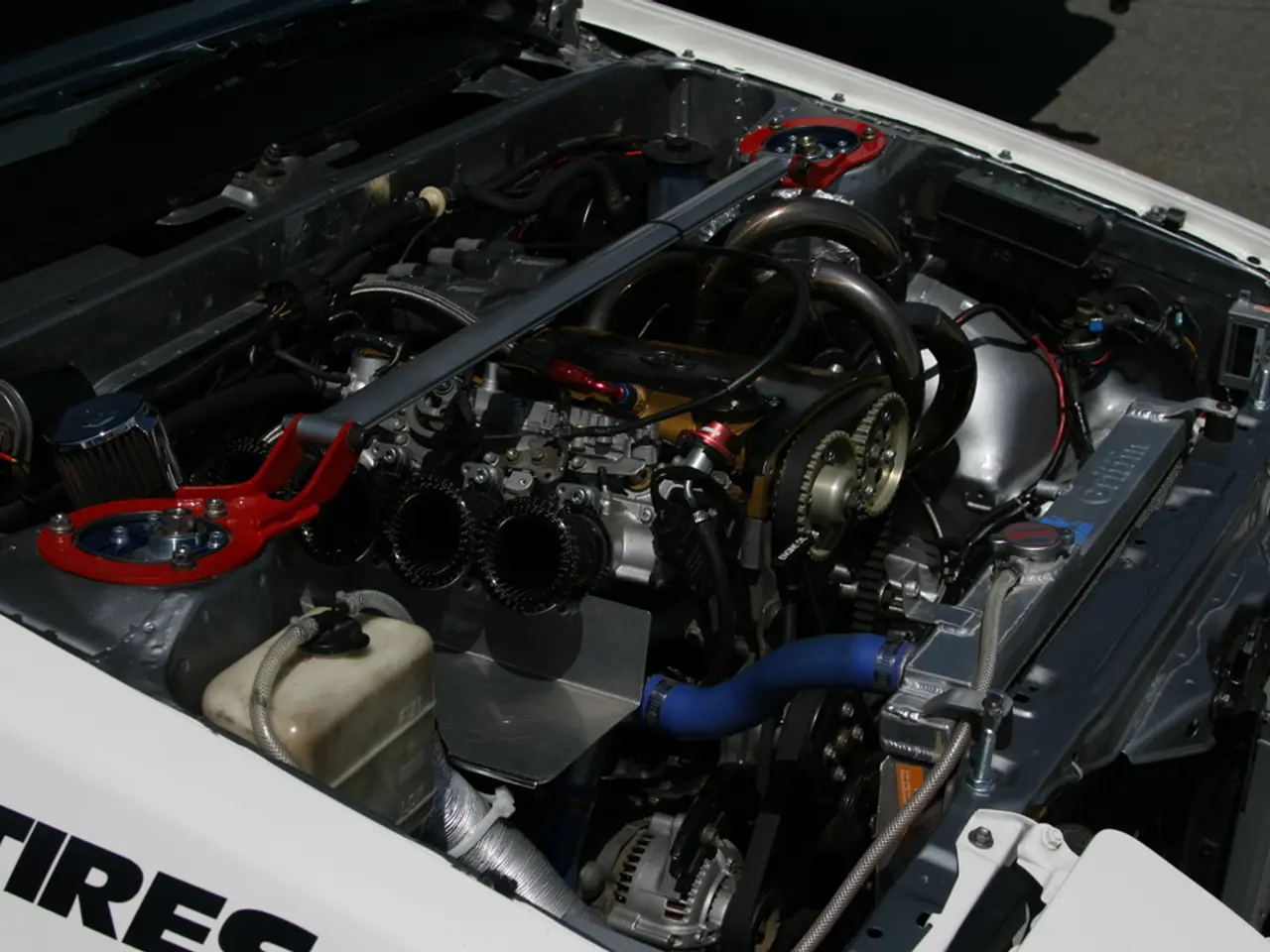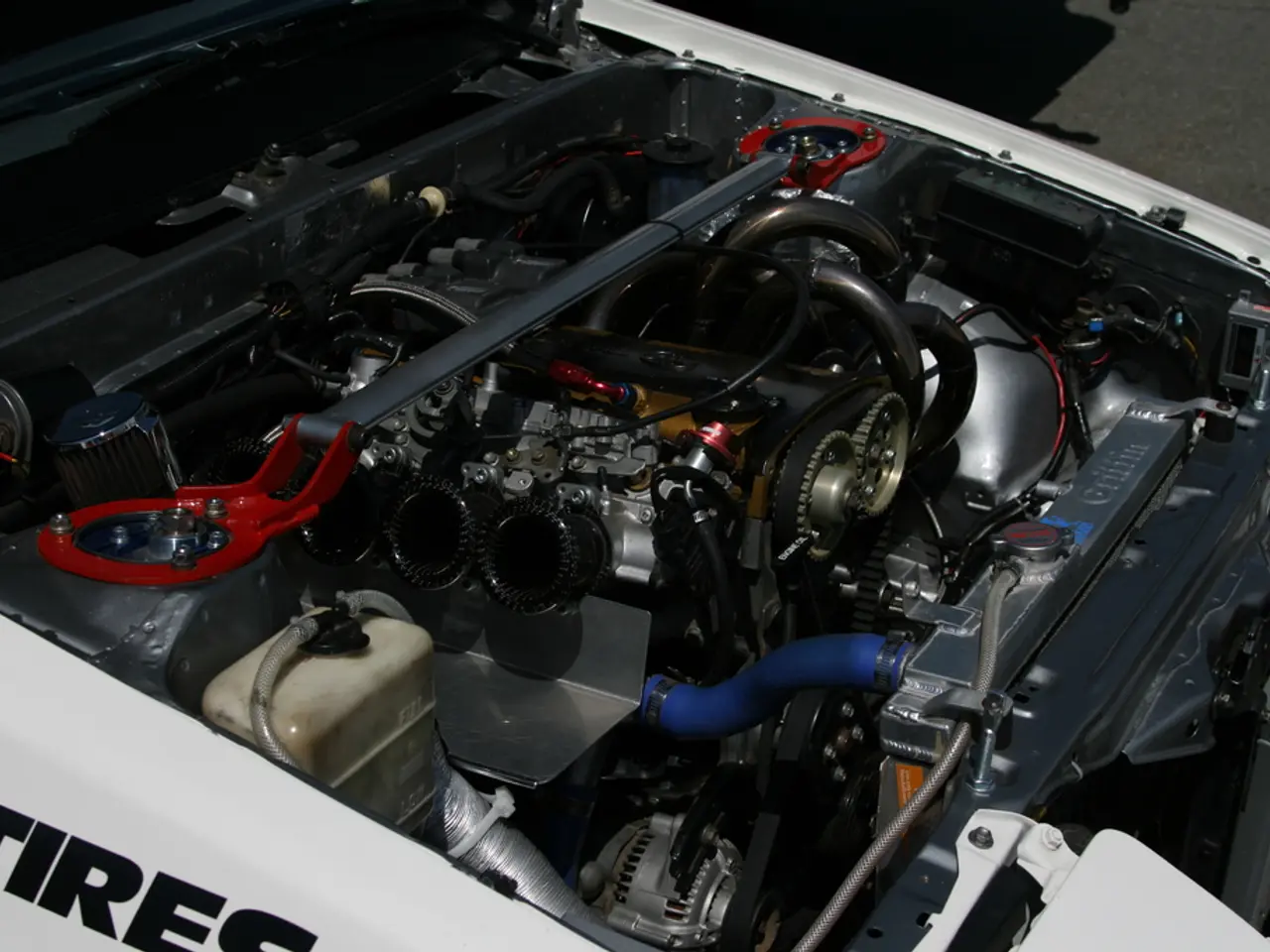Stunning Findings from the Rubin Observatory demonstrate its transformative potential for identifying hazardous asteroids, branding it as a 'Game-Changer'.
The Vera C. Rubin Observatory, a groundbreaking collaboration between the National Science Foundation (NSF) and the Department of Energy’s (DOE) Office of Science, is set to revolutionise asteroid hunting and planetary defense with its unprecedented capabilities in sky surveying and asteroid detection.
Equipped with a unique three-mirror telescope design and the largest digital camera ever built, Rubin boasts unmatched sky coverage and imaging speed. It takes approximately 1,000 images of the Southern Hemisphere sky every night, covering the entire visible Southern sky every 3 to 4 nights. This rapid and wide coverage enables it to detect millions of previously unseen asteroids, comets, and interstellar objects.
The observatory's advanced instrumentation allows it to detect very faint objects like small asteroids that other observatories miss. In its first year alone, Rubin is expected to gather more data than all other optical observatories combined, creating an extensive database for discovering and tracking asteroids and other celestial bodies.
Rubin’s imaging method allows it to isolate asteroid streaks in multiple exposures, effectively creating asteroid motion “movies.” This unprecedented precision in detecting and following asteroid paths enhances scientists' ability to monitor near-Earth objects (NEOs). Furthermore, Rubin fills a critical observational gap in the Southern sky, ensuring a more complete watch for potentially hazardous asteroids that could impact Earth or the Moon.
By dramatically increasing the number of known potentially hazardous asteroids and providing early warnings, Rubin empowers scientists and policymakers to develop mitigation strategies. As one expert put it, “Knowledge is power” — knowing what is out there gives humanity the chance to act before any impact threat becomes imminent.
The Minor Planet Center (MPC) has spent years preparing for the deluge of data from Rubin, and NASA's Planetary Defense Coordination Office (PDCO) and its planetary science program are likely to use data gathered by the observatory. The LSST will generate about 250 million observations per year of asteroids for the MPC.
Recently, the Vera C. Rubin Observatory conducted its first 10 hours of test observations, during which it produced dazzling images and discovered more than 2,000 previously unknown asteroids, including seven near-Earth asteroids. However, NASA did not promote the observatory's findings.
In a few months, Rubin will begin the Legacy Survey of Space and Time (LSST), a decade-long, near-continuous survey of the southern sky. This ambitious project could help NASA find the remaining 60% of near-Earth objects (NEOs) that it needs to find by 2020, as ordered by Congress in 2005.
However, it is crucial to note that NASA's planetary defense efforts could soon be surpassed by other nations if the agency does not have the resources and personnel to take full advantage of Rubin's data. The LSST's huge field of view, short exposure time, and ability to rapidly sweep the sky will yield an avalanche of asteroid discoveries, potentially leading to a new era in planetary defense.
In conclusion, the Vera C. Rubin Observatory is a game changer for planetary defense by vastly expanding our asteroid detection capabilities, providing comprehensive and frequent sky coverage, and delivering precise asteroid tracking data to identify potential threats far earlier than ever before. This innovation fundamentally improves our ability to protect Earth from asteroid impacts by giving us more time and information to respond.
- Gizmodo reported on the Vera C. Rubin Observatory, a collaboration between the National Science Foundation and the Department of Energy's Office of Science, which is revolutionizing space and astronomy, particularly in the field of asteroid hunting and planetary defense.
- The unique three-mirror telescope design and largest digital camera ever built on Rubin enable unmatched sky coverage and imaging speed, allowing it to detect millions of previously unseen objects in space, such as asteroids, comets, and interstellar objects.
- Rubin's advanced instrumentation and imaging method make it possible to isolate asteroid streaks in multiple exposures, creating highly precise "movies" of their motion that greatly enhance scientists' ability to monitor the paths of near-Earth objects (NEOs).
- The discovery and tracking of potentially hazardous asteroids and celestial bodies on Earth and the Moon, as well as the dramatic increase in the number of known NEOs, will provide scientists and policymakers with crucial data to develop mitigation strategies for potential impacts, thus emphasizing the power of knowledge in protecting our planet's future.




